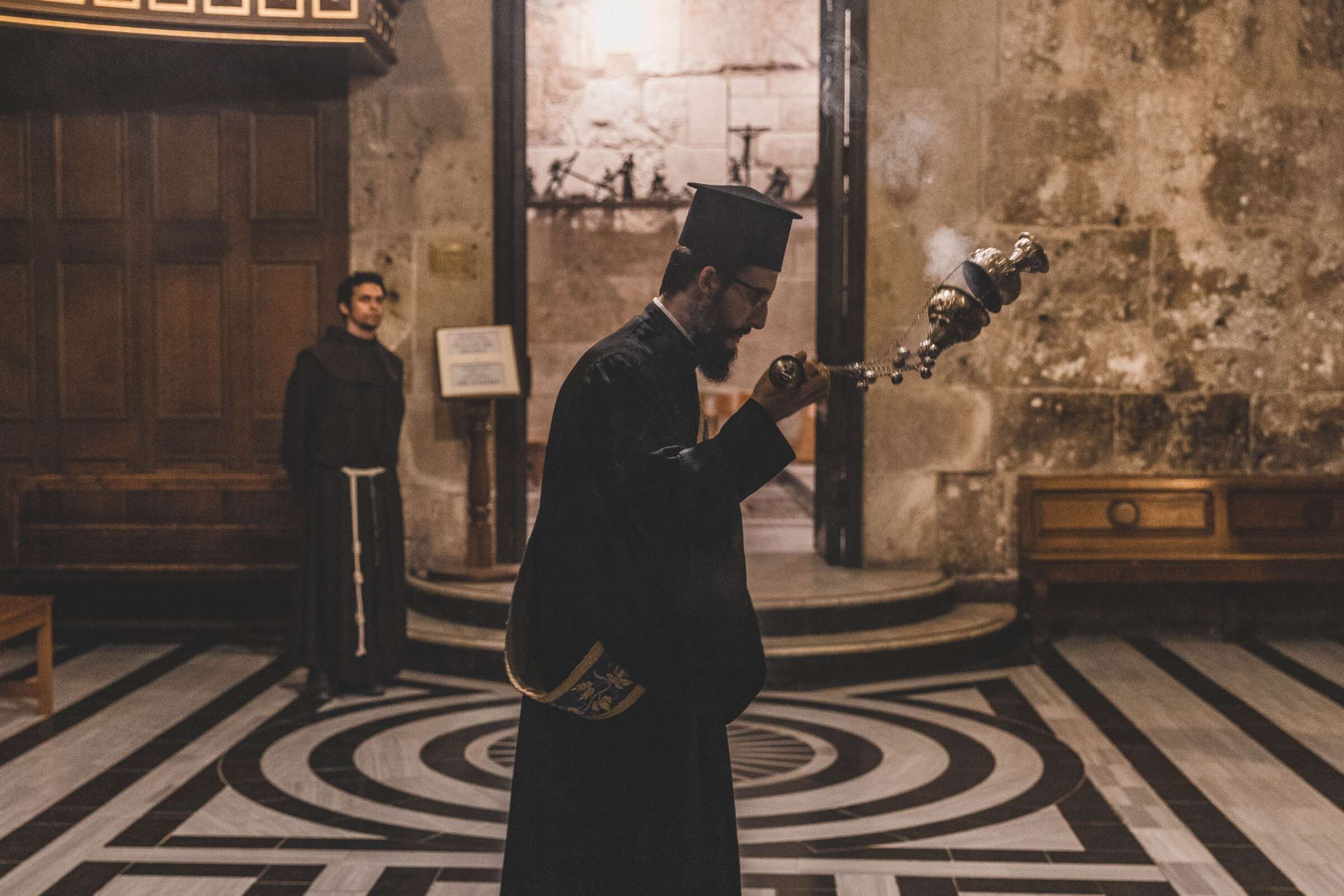The church is bigger than you think
Imagine, if you will for a moment, your local town or borough high street. Besides all the usual shops, offices, council and the like you may see in your mind’s eye a few larger buildings perhaps with tall spires or pointed roofs with small crosses on top. Churches!
The Church of England has over sixteen thousand churches in England
In most villages, towns and cities there are the usual suspects. The Church of England has over sixteen thousand churches in England with many that are historic listed buildings. There are Catholic churches, about three thousand which, because of history, tend to be in urban and suburban settings and often they are newer. Another usual suspect might be the Methodist church with about four thousand churches. The Baptists have about two thousand. Often it’s pretty easy to tell these places are churches because, well, they look churchy. But the truth is the Christian presence in Britain is a lot more complex and often there are Christians worshipping in places and spaces you might not be aware of, and they might look a bit different.
Perhaps you have walked past a warehouse looking building and seen an emblem of The Redeemed Christian Church of God emblazoned on the side. Perhaps you’ve walked past on a Wednesday evening and heard people praying loudly. This denomination originally from Nigeria has close to a thousand churches in the UK and is growing rapidly. Or perhaps you’ve passed a church that you once thought abandoned only to see some men going in dressed in long cassocks with matching long beards, you’ve heard the chanting of some Psalms and prayers offered in Greek or Romanian or Serbian or Russian.
why are there so many different expressions of this, supposed one, Christian faith?
Maybe you have walked down a side street and stumbled across a little meeting house of the Religious Society of Friends, popularly known as the Quakers, whose meetings, rather than full of loud, passionate prayer, are often an hour of total silence.
Perhaps you’ve wandered past a building with the name Salvation Army and heard a fine brass band playing?
A question we might ask is why are there so many different expressions of this, supposed one, Christian faith? Do they all believe the same things? Why do some sing and dance and shout in worship to God and others use special books and say the same words week in week out? Why do some of these churches really not speak to or get on with other churches? Why can’t there just be one church?
Continued below...

There are all valid and valuable questions and the answers are rooted in history. Since the beginnings of the church in the story of Acts there has been both a deep unity amongst Christians and moments of profound disagreement. These moments of disagreement, we have to admit, in some cases have led Christians to treat each other in shameful ways. But God has built into the fabric of the universe a deep diversity in people and things so we shouldn’t be too surprised that people in all their diversity should discover all sorts of different ways of relating to and worshipping God.
there has been both a deep unity amongst Christians and moments of profound disagreement.
Historically there are probably four major events over the past two millennia that have seen the proliferation of the many churches today. Almost all the churches we find in the UK today would cite one of these events as where they find their historical roots.
The first is dated as 451 when Oriental Orthodox and the rest of Christianity divided at the fourth ecumenical council at Chalcedon over the divinity of the person of Christ. The second is the 1054 East West split known as the Great Schism. This saw the breaking of communion between the Roman Catholic church and the Eastern Orthodox church. The third event is (depending on whose perspective you attend to) the Protestant Reformation which is often dated as 31st October 1517 when Martin Luther publicly shared a list of 95 ideas about Christianity, which he invited people to debate with him. This era in history is a point at which many of our churches in England find their roots, such as the Church of England and the Lutheran Churches. The fourth is the beginnings of the modern Pentecostal movement. This phenomenon started around the beginning of the 20th century but is perhaps best expressed in the Azusa Street revival which began in 1906 and became a great spiritual centre for many years.
keep your eyes open to different expressions of the church
Each of these events spawned new churches and each of these churches brings a different emphasis or illumination to understanding and worshipping God. The Pentecostals for example place a great emphasis on the need to be filled with the Holy Spirit to lead an empowered life. Those from the reformed tradition often focus on the importance of scripture and have an understanding of being saved by faith alone.
The vast array of churches up and down our lands, whilst they might appear sometimes to be very different, in fact have many similarities and reveal different ways of relating to and understanding God. Next time you walk up your local high street or are wandering round your local borough keep your eyes open to different expressions of the church that have sprung up in the soil of our nations. You might even want to go inside and visit a few to discover how they worship and what that reveals about God.

Different denominations, same God

The Catholic Reformation

